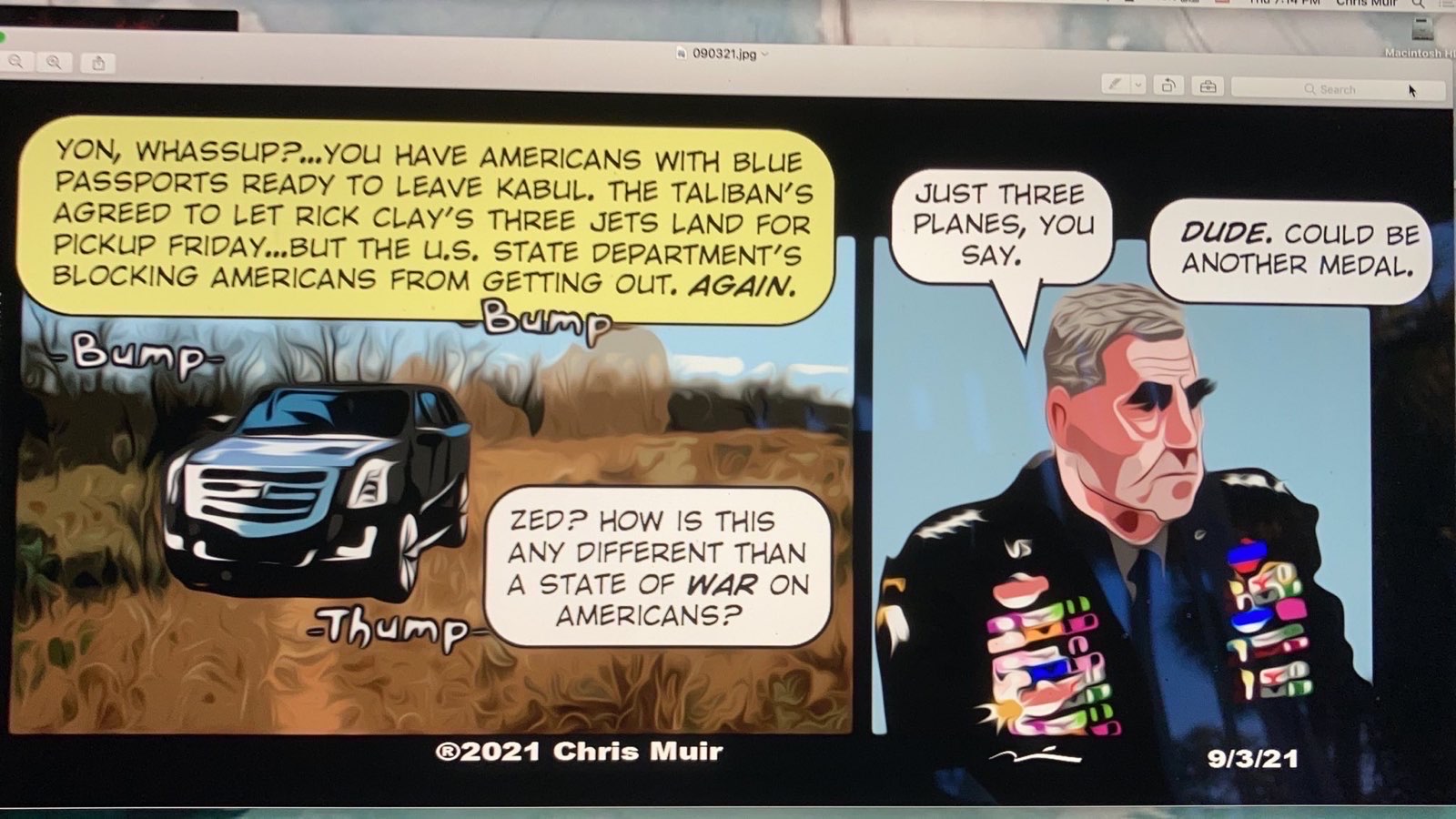The U.S. Built An Army In Its Own Image: It Collapsed
BY Herschel SmithSmall Wars Journal, The Afghans That Fought.
The Commandos were built by the U.S. Army Special Forces, commonly known as the Green Berets, and designed as an elite light infantry force similar to U.S. Army Rangers. While selection of Commando candidates did not differ significantly from that of the average Afghan National Army soldier, each had an additional twelve weeks of training and were regularly partnered with small elements of Special Forces advisors. In practice the Commandos were frequently used as shock troops, shuttled from key battle to key battle, rather than used as special operations forces. While they were partnered with American elements, especially Special Forces teams, the Commandos usually fought and performed capably. The presence of critical U.S. enablers, such as air support, medical evacuation, and intelligence that went along with being partnered with Americans often stiffened the resolve of the Commandos to the point that they were generally a dependable partner.
They could fight at night, conduct limited internal sustainment, and hold their own against the Taliban. Through airframes and ground vehicles within the Afghan National Army Special Operations Command, the Commandos could provide emergency resupply for their forces that enabled them to operate in combat for up to 72 hours. Some even could call in their own air support and conduct intelligence driven operations. Commandos suffered far more casualties than American forces, and their headquarters element even set up a wounded warrior program to allow injured fighters to be able to continue to serve in non-combat roles within the organization. A set of Special Forces officers and sergeants even attempted make the force capable of operating with minimal internal logistic support that was prepositioned at each of the Commando bases, such as “chuck wagon” style mobile feeding and mortars for fire support rather than aircraft. Unfortunately, senior leaders decided instead that the Commandos should operate inside a functional Afghan military logistics system for any operation that lasted more than 72 hours. That fatal flaw, building a force in our image logistically, proved to be the Commandos’ Achilles heel. American Army units are designed to function in a resource intensive logistics system which can provide just in time delivery of critical supply needs. Yet when faced with Afghanistan’s infrastructure challenges of few roads and vast distances, even our logistics system strained.
As the security situation in Afghanistan deteriorated and province after province fell, many Commando units continued fighting. Around Kandahar City, Commandos and other security forces battled the Taliban for more than a month. When the U.S. contracted logistics withdrew and the Afghan supply system collapsed, the Commandos were not able to perform as they were designed: supported by a heavy logistics footprint that could resupply them on demand. Commando elements began to run out of ammunition, food, and water. Some surrendered after extended sieges or battles, putting themselves at the mercy of the Taliban. At least one Commando unit was summarily executed, likely a warning by the Taliban to those who would similarly resist. Even after the fall of Kabul, several Commando units refused to give in and began the slow march to the Panjshir, where a nascent resistance to the Taliban was building. Other units moved to Hamid Karzai International airport and helped secure the outer perimeter during the U.S. led evacuation.
Amateurs talk tactics. Professionals talk logistics.
So the notion that the Afghan army was filled with cowards and ne’er-do-wells is just not accurate. Oh, to be sure, some of the regulars were that and much less, but there were some well-trained fighters.
They were built in our own image, relying on a heavy logistics footprint, and when we withdrew leaving them no means of fulfilling that footprint, the entire schema collapsed because it was built on a foundation of first world fighting doctrine, not Afghanistan.
And because rather than kill the Taliban, we wanted to play armed social worker and try out fancy COIN doctrine with ROE that disillusioned and disemboweled the American fighting man. I still have record over this blog of folks in the Helmand Province literally begging the Marines to go after and kill the Taliban rather than stick around and try to “win hearts and minds” and build the society. So in addition to leaving them with a doctrinal understanding more suited to American warfare, we left them with an enemy that had not been substantially weakened.
Because we had idiots in charge – idiots that killed the sons of America with their malfeasance.
I think this is what Lt. Col. Stu Scheller has been saying all along. Michael Yon also has thoughts.




